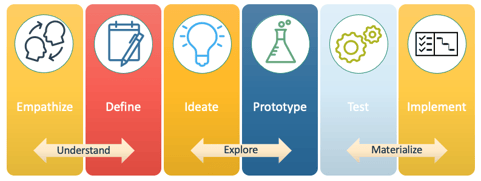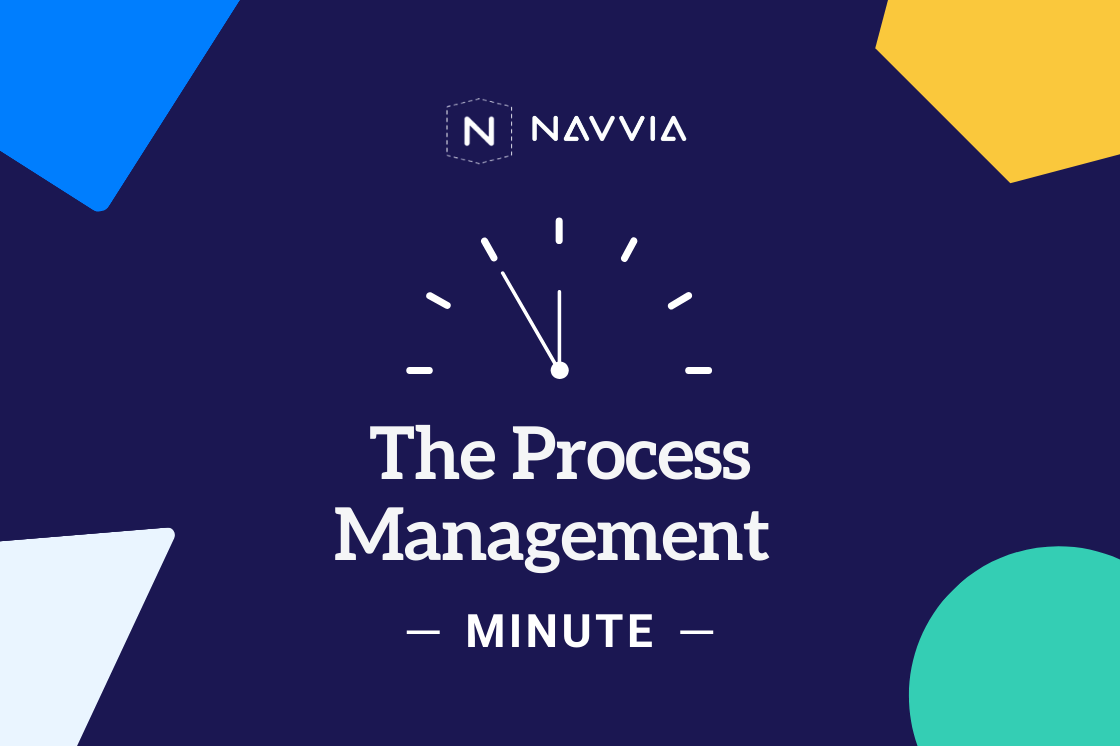Digital Transformation is a Journey: don't focus on the destination
The business world and the marketplace in which you compete are changing quickly! Digital Transformation allows you to adapt. But remember, the digital transformation journey can be just as valuable as the destination.
Your customers demand products and services that utilize the latest technology and provide a superior user experience. They expect their requirements and needs to be front and center, not yours.
Think "one-click" checkout versus the customer wading through a complex process and having to re-enter information they've already provided.
It doesn't matter the size of your company or how long you've been in business. Customers demand each interaction with your company to be fast, efficient, and value-added so they can get on with their day.
If you make them happy, your customers will tell their friends about the experience. If you make them angry or frustrated, they will take to social media with their criticisms, negatively impacting your brand.
Operating effectively in the modern digital world isn't a "nice to have" – it is necessary! Because if you don't adapt, you can be sure your competition will! Just ask Blockbuster Video.
This highly competitive marketplace is why digital transformation of your business processes is vital for your company – it enables you to compete successfully in the modern world.
The Digital Transformation Journey is Equal Part People, Processes, and Technology
Many companies view digital transformation as purely a technology issue, for example, the creation of an electronic storefront. All they need to do is acquire an e-commerce platform, and transformation complete.
But technology is only part of the solution. To be successful, companies must look at this transformation as a way of better understanding their customer's needs and creating a solution that leapfrogs the current state.
When embarking on a digital transformation initiative, it's not enough to digitize an existing process. You must look at ways to improve every aspect of that process.
Digitizing a flawed process still results in an imperfect process, only automated.
Use your digital transformation journey as a catalyst for improving your customer's journey. And if you uncover flaws, address them incrementally, even before the project completes.
One of the best frameworks we've seen for driving digital transformation is human-centered design, also known as design thinking.

This approach encourages you to empathize with your client's needs, define requirements in their terms, quickly ideate and prototype solutions, and iteratively test and implement the solution. One technique is to document your customer's journey through user story mapping and use those stories to drive the technical implementation.
The Never Ending Digital Transformation Journey
The process of digital transformation is not a mere one-time upgrade to modern technology. Rather, it is a continuous journey that enables your company to adapt and integrate new features and capabilities to meet the evolving needs of your internal and external clients.
When dealing with internal processes, it is critical to have a robust organizational change management process in place. This process ensures that any changes implemented as part of the digital transformation journey are effectively communicated, understood, and embraced by all members of the organization.
Organizational change management involves a systematic approach to managing the impact of change within the organization. It includes activities such as assessing the readiness for change, creating a change management plan, communicating the change to employees, providing training and support, and monitoring the progress and effectiveness of the change.
By having a robust change management process, you can minimize resistance to change and increase the likelihood of successful implementation. It allows you to address any concerns or challenges that may arise during the digital transformation journey and ensure that all stakeholders are on board and aligned with the goals and objectives of the transformation.
Additionally, a strong change management process helps to create a culture of continuous improvement within the organization. It encourages employees to embrace change and actively seek opportunities for innovation and growth. This mindset is essential in today's fast-paced and ever-changing business environment, where organizations need to constantly adapt and evolve to stay competitive.
Digital transformation is about embracing change and designing business processes that can change to keep pace with your business needs and customer demands, now and into the future.
Originally published Oct 26, 2018 13:32, updated Jul 18, 2022


